
The Anthology of Rural Life is a photographic project that aims to produce an archive of material to document continuities and shifts in patterns of contemporary rural life.
The people and places in the images represent aspects of a rural society where the economic, social and cultural changes to the nature of work mean that traditional ways of life in the countryside are slowly evolving.
DOĞU TRAKYA // TURKEY | Feb 2024 | Turkey, Eastern Thrace
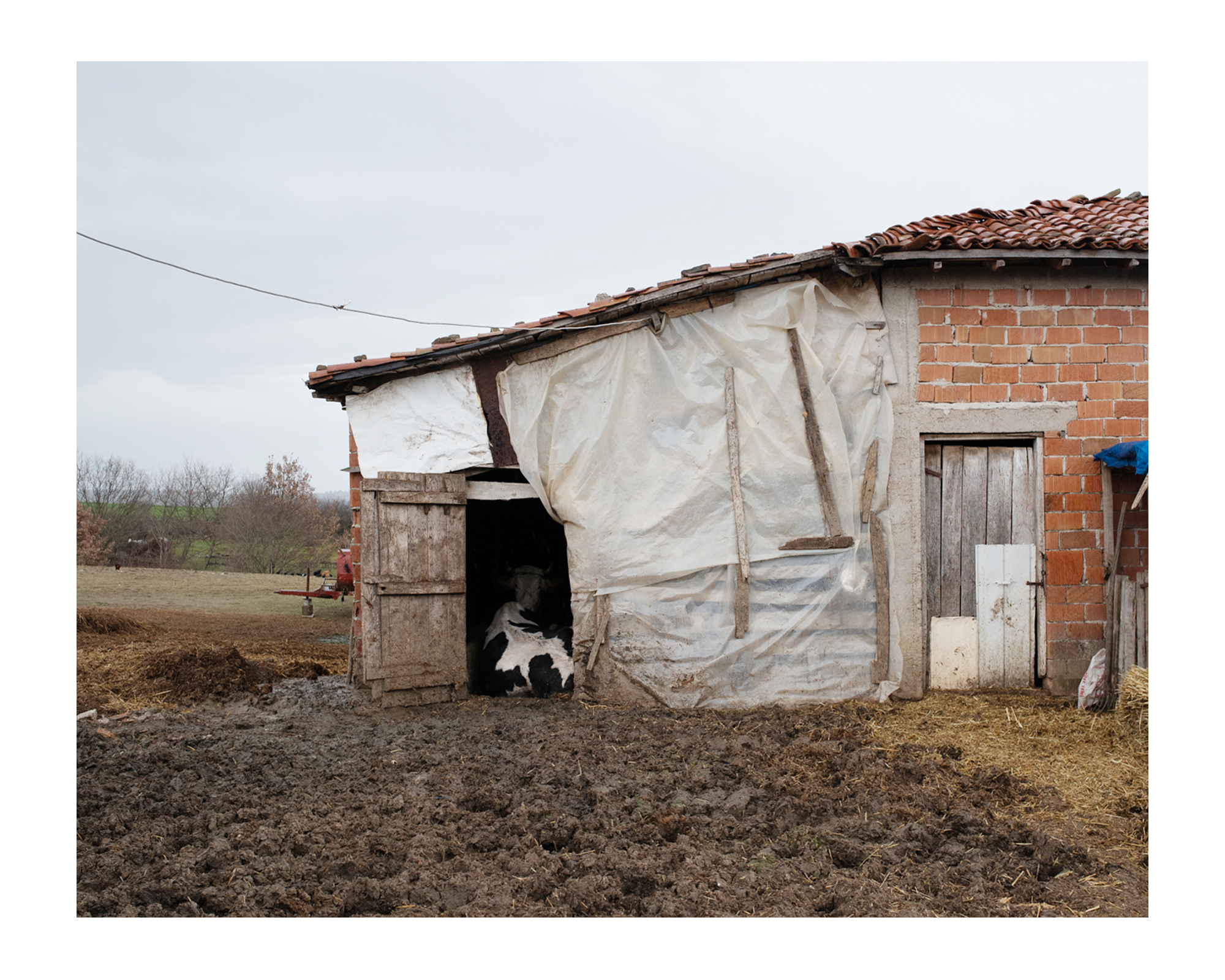
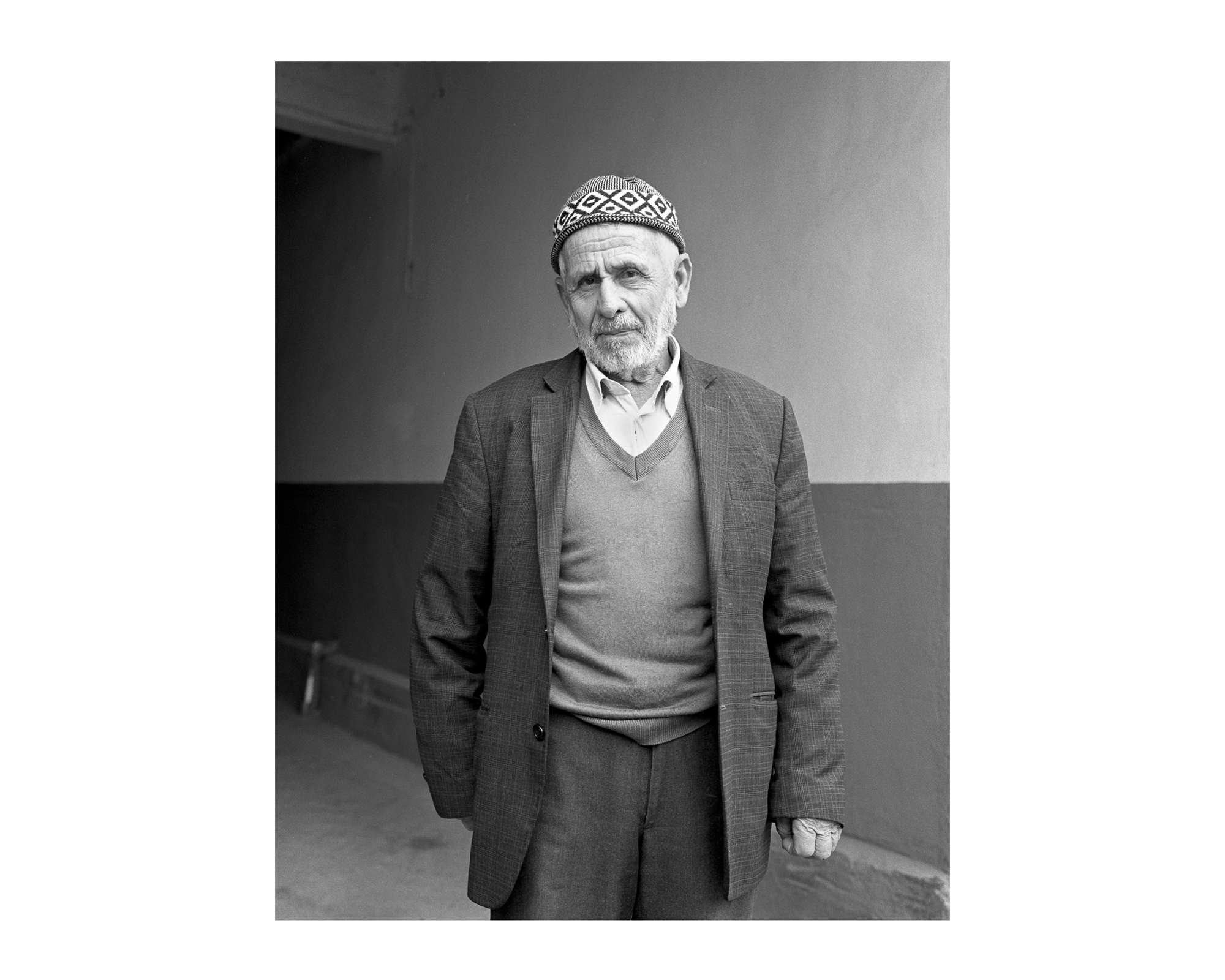



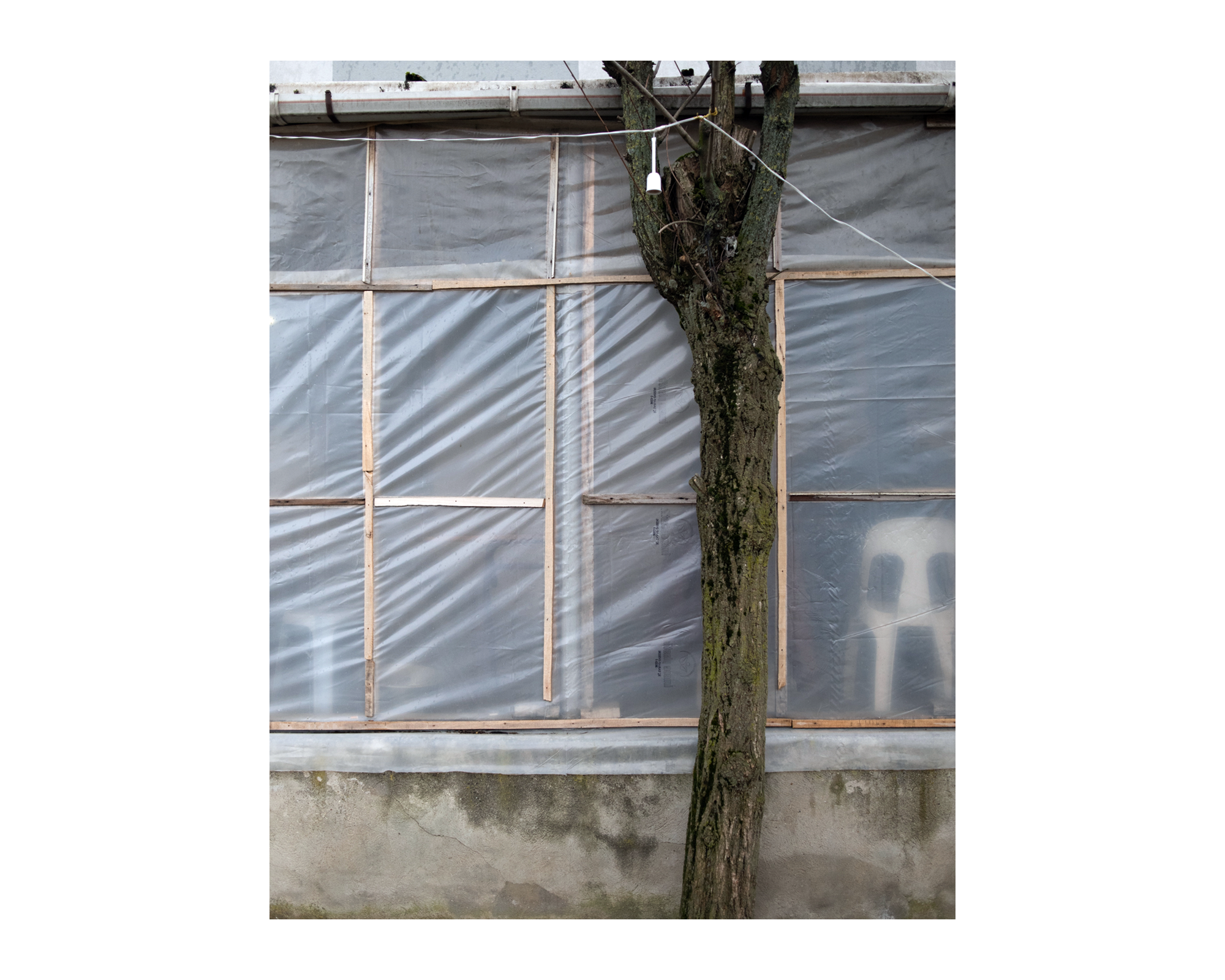
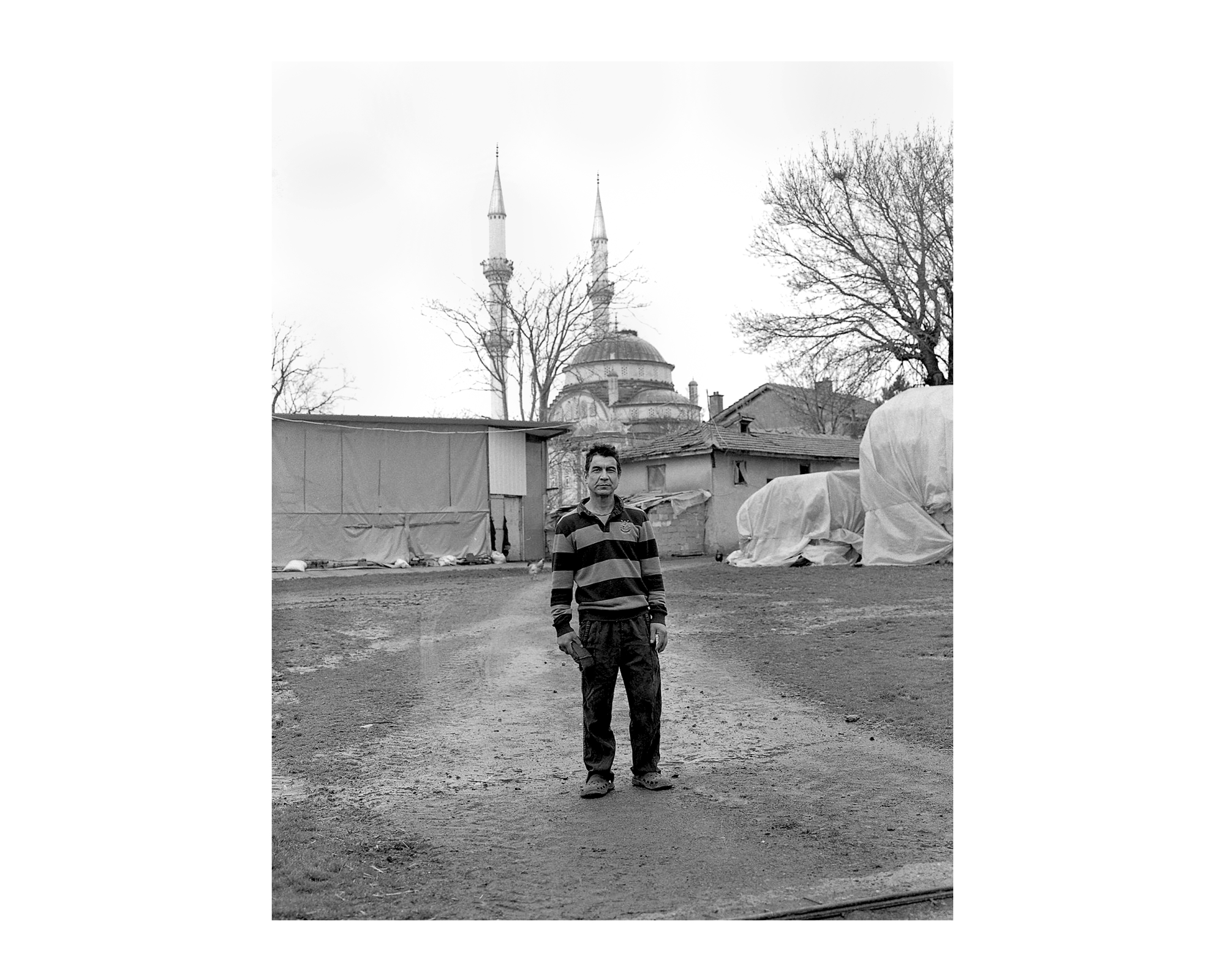
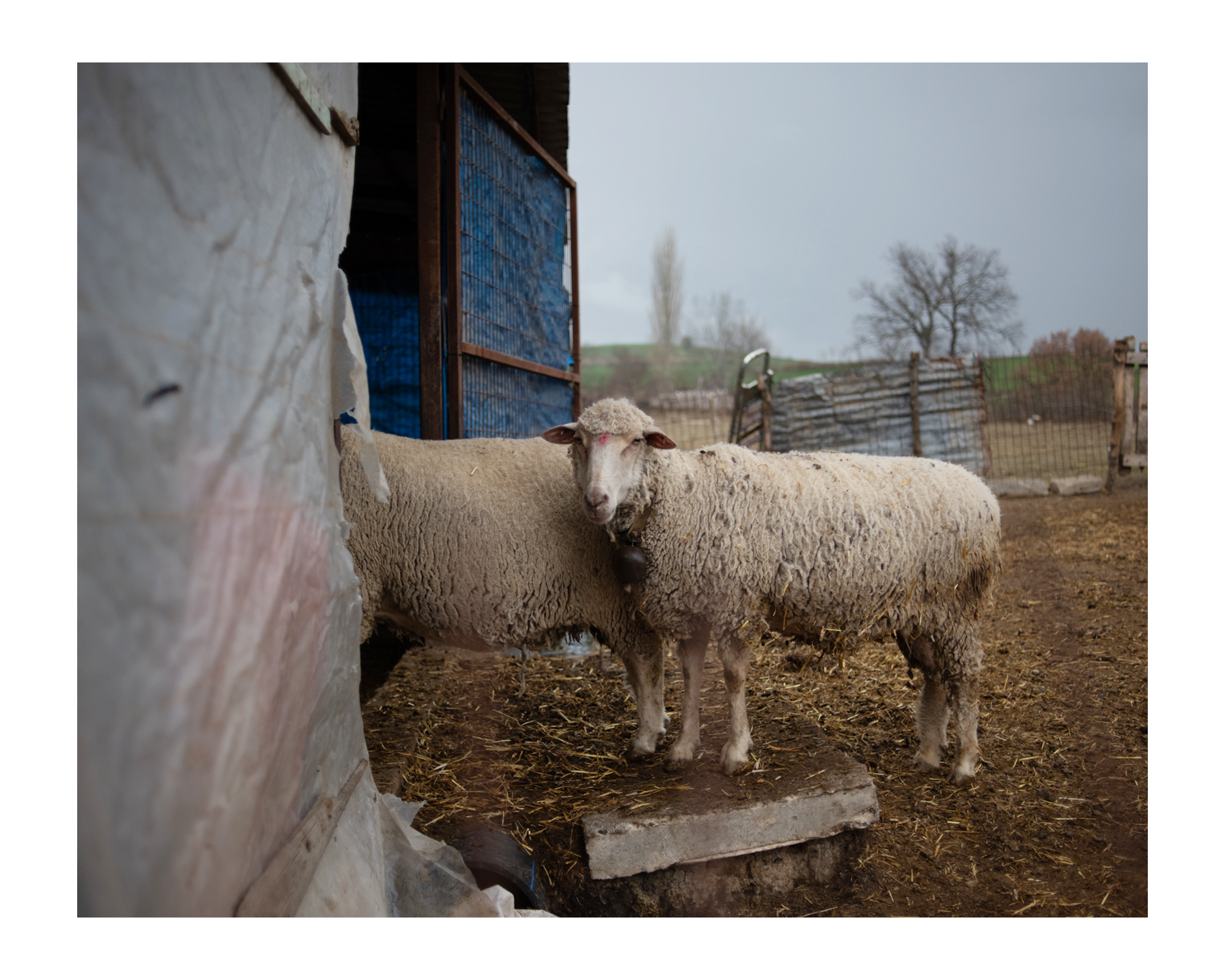

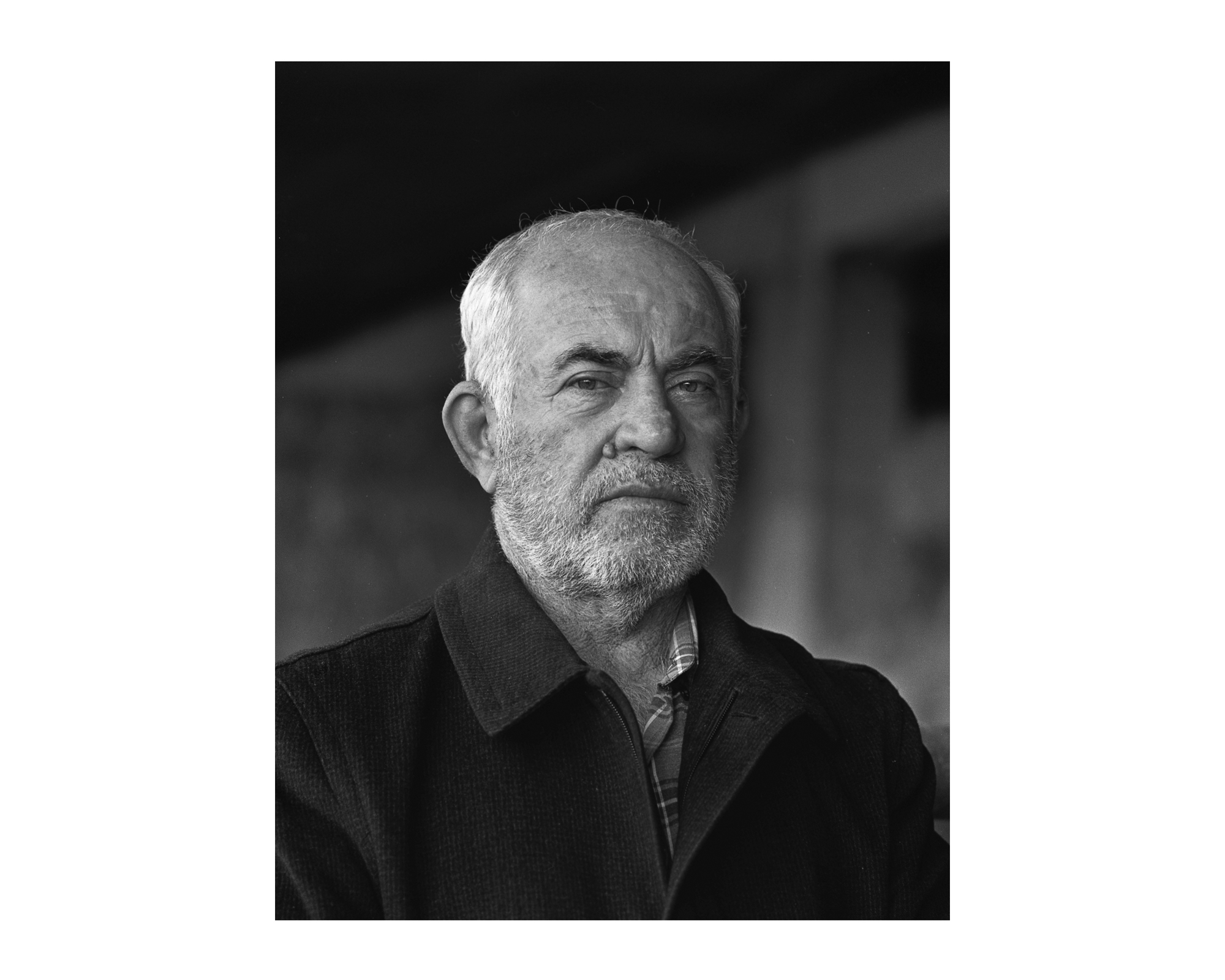
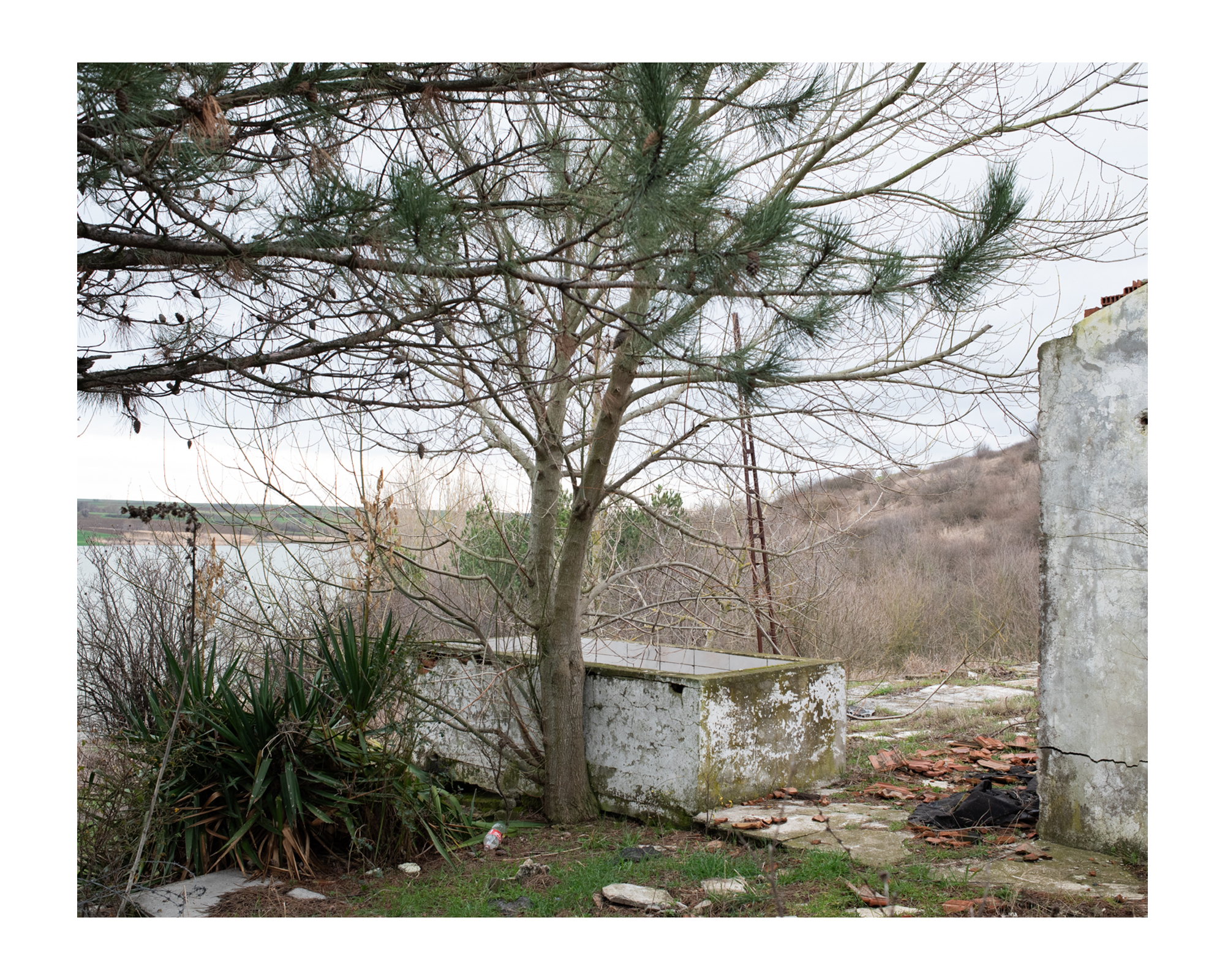
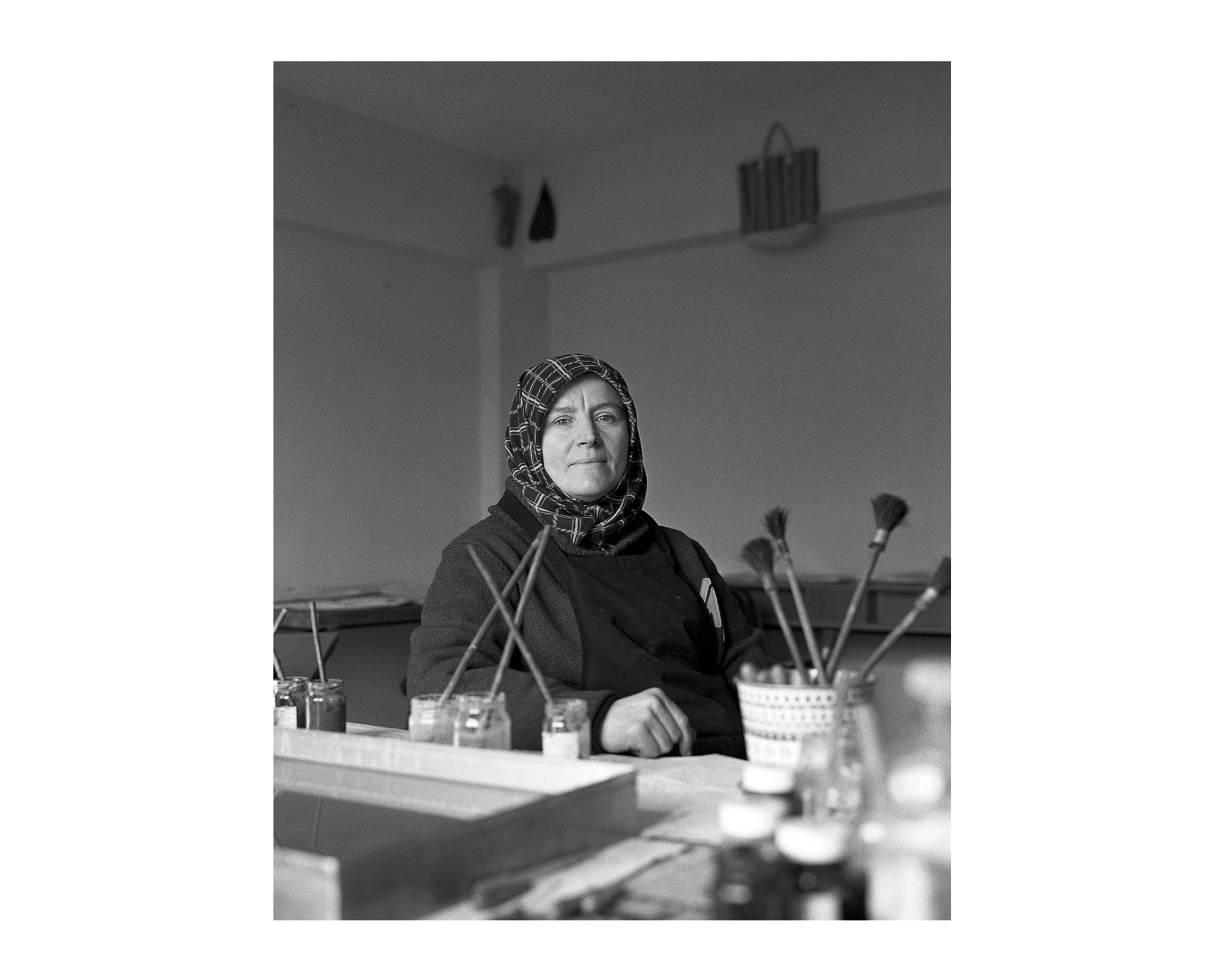
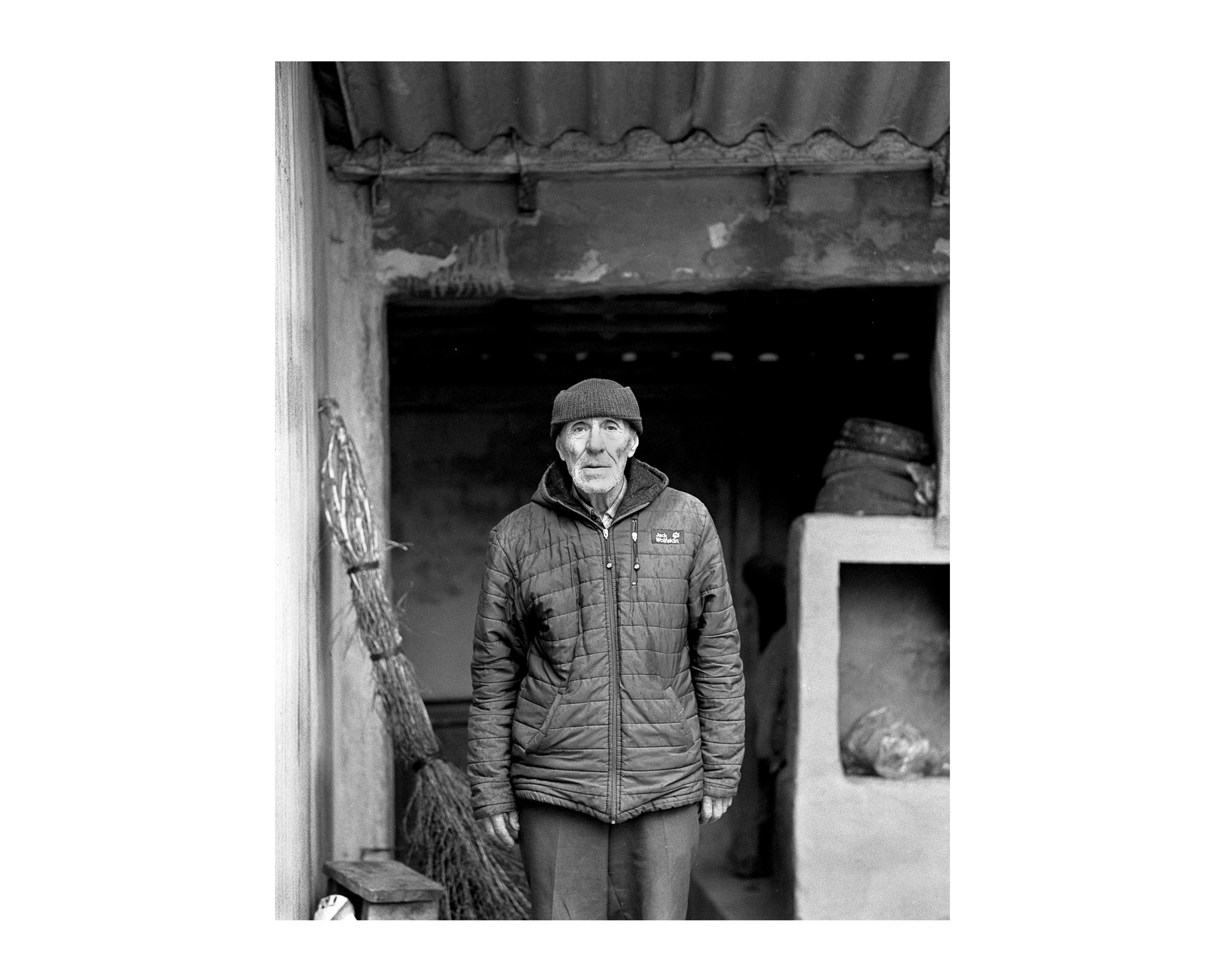
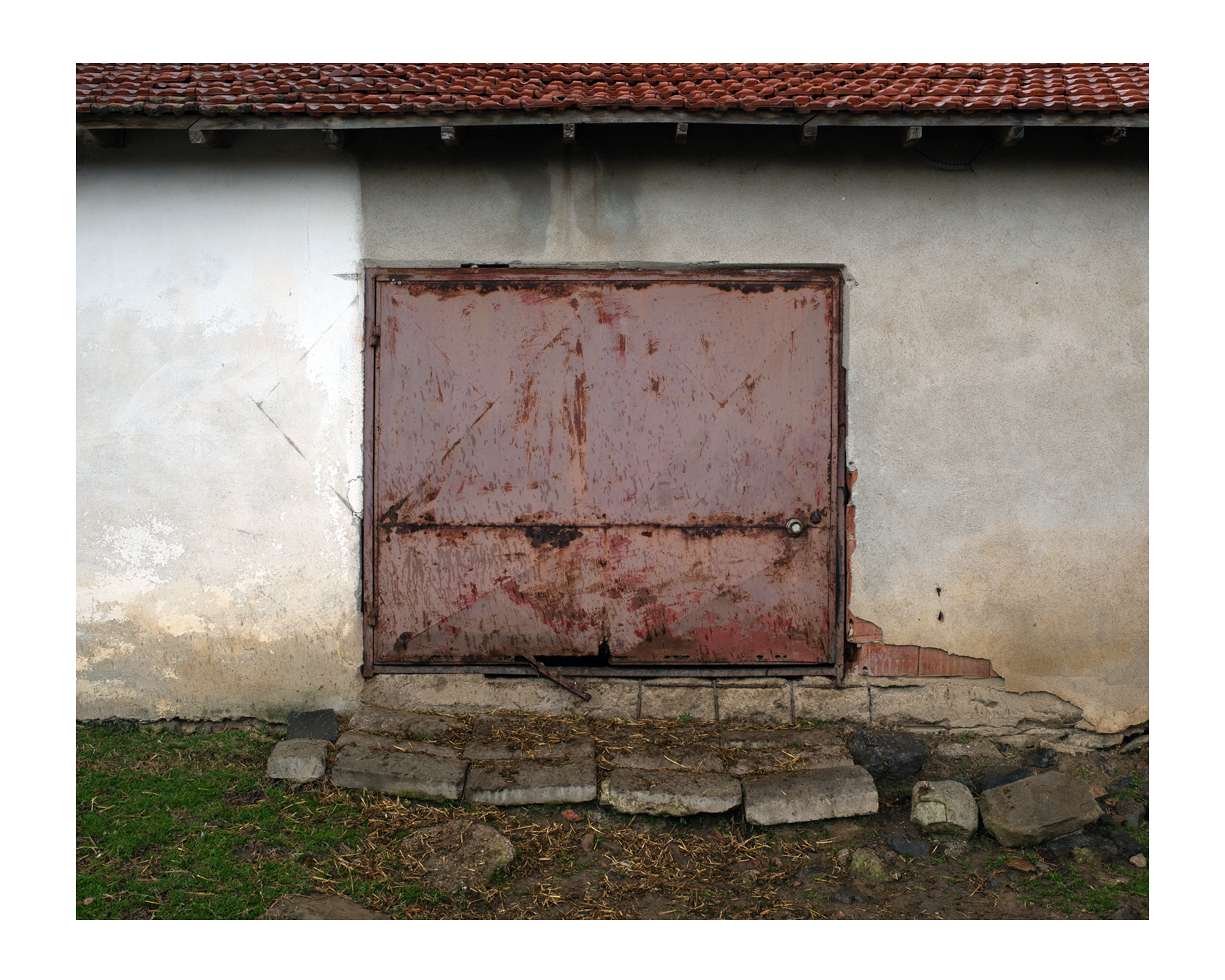

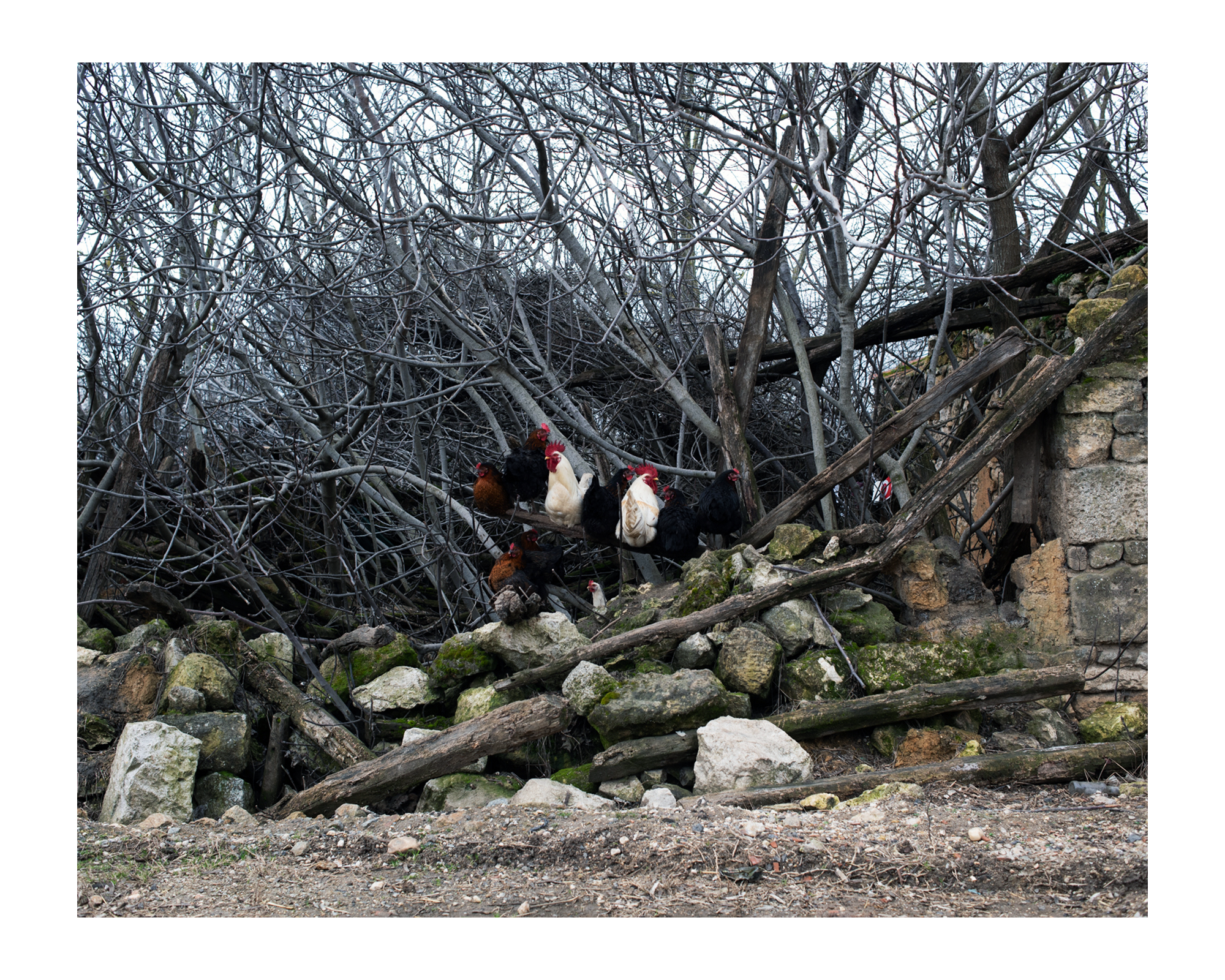
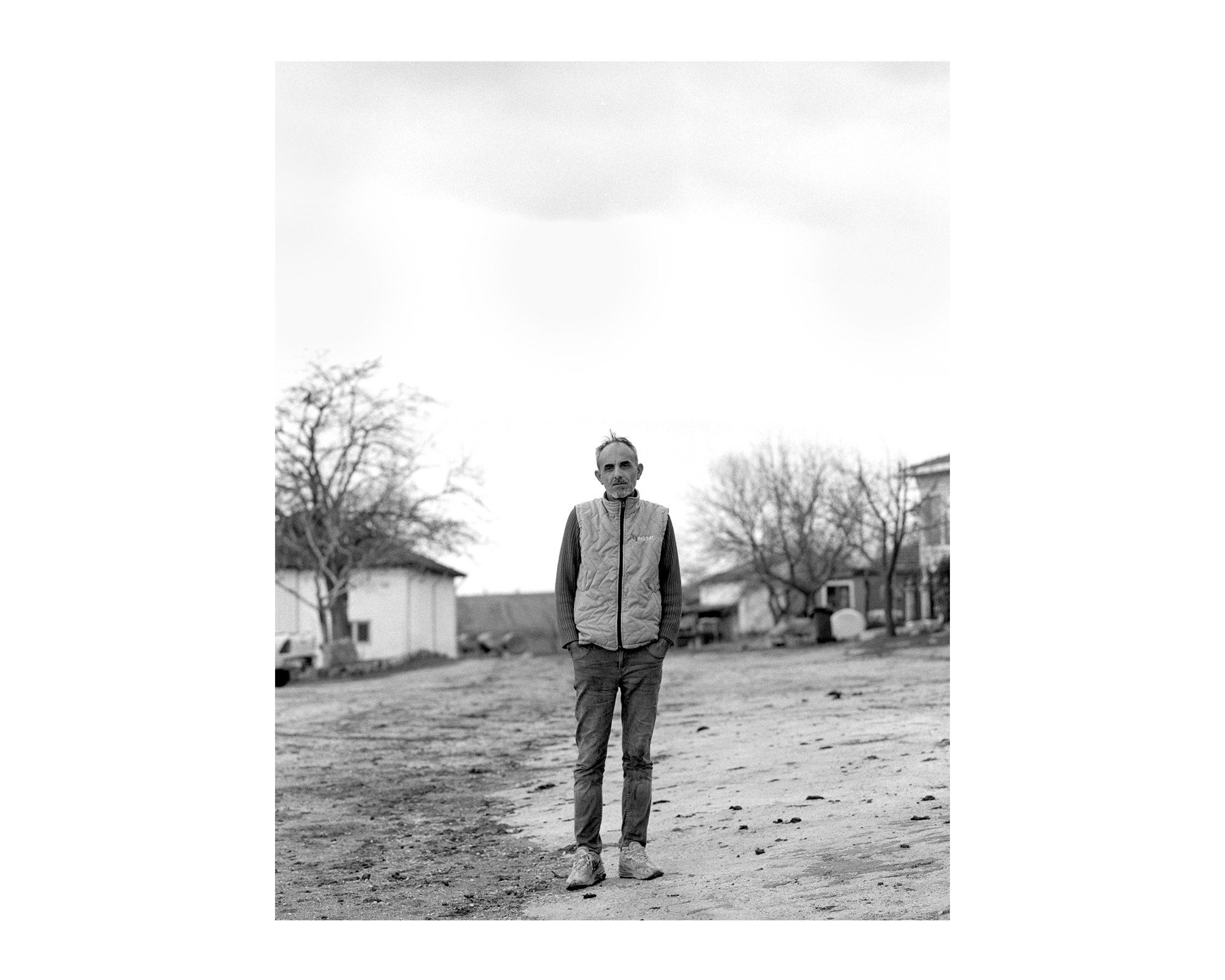
DOĞU TRAKYA
During February 2024 we photographed in Eastern Thrace, Turkey, a European edgeland situated between the Black Sea and the Sea of Marmara and connected by the Bosporus Strait, forming one of the continental boundaries between Europe and Asia.
We worked closely with Ammar Kiliç from the Sociology Department of Namik Kemel University in Tekirdağ. Ammar introduced us to many small communities scattered through the Süleymanpaşa district, an important area of extensive and varied agricultural production and export.
As is the case wherever we have photographed, there is the increasing domination over agricultural production and rural economies by international agribusiness. Even though a site might be relatively small in scale, its agricultural production is fundamentally controlled by what is, in essence, an agropoly. Nonetheless, we saw examples of more progressive ventures, including a farmer working with specialists to explore new strains of extreme weather-resistant cereal crops in recognition of the effects of climate change. And a woman who has returned to her family’s land and is attempting to develop an organic and regenerative approach to farming.
HAJDÚ-BIHAR // ÉSZAK-ALFÖLD | Jul 2023 | Hungary, Northern Great Plain
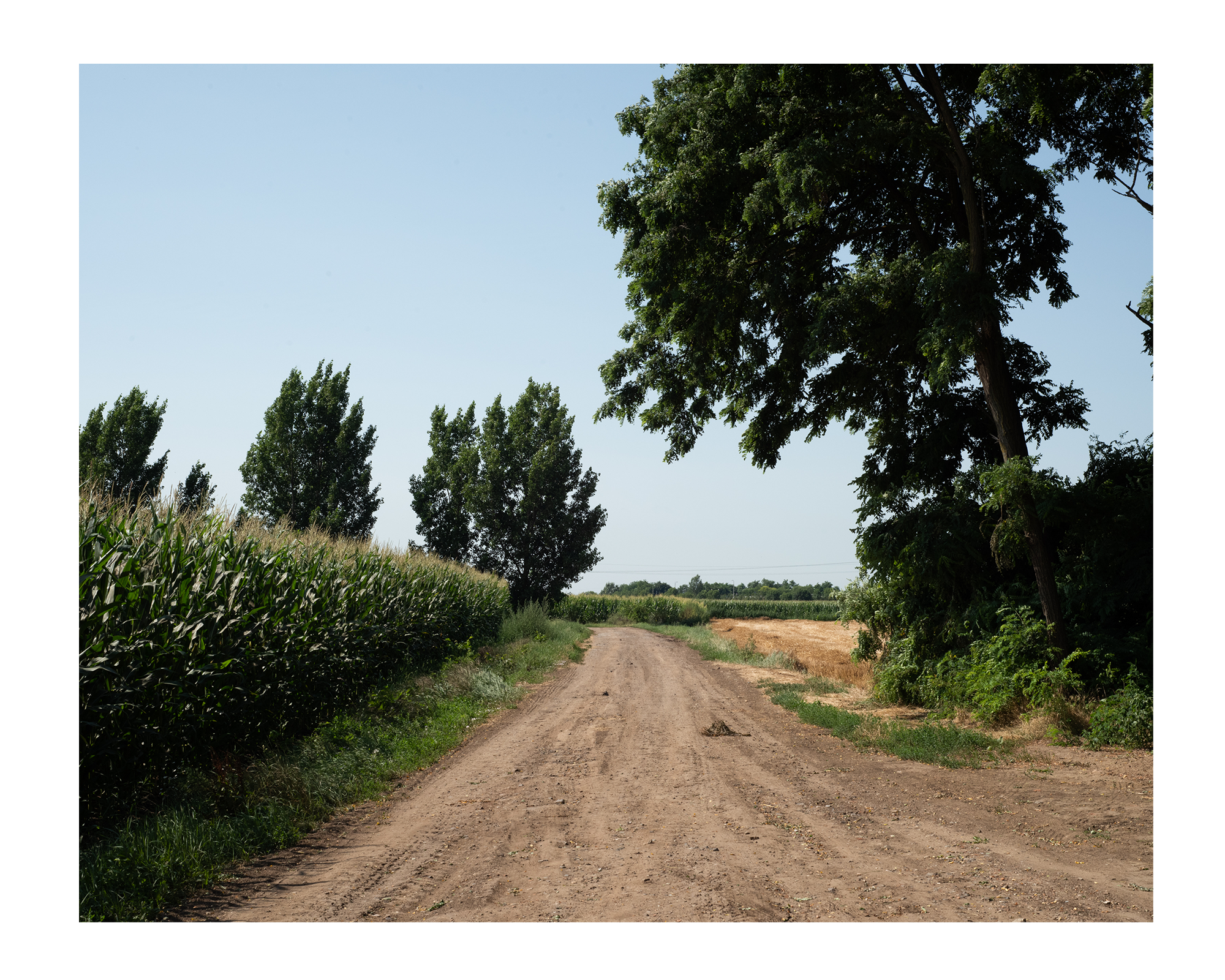
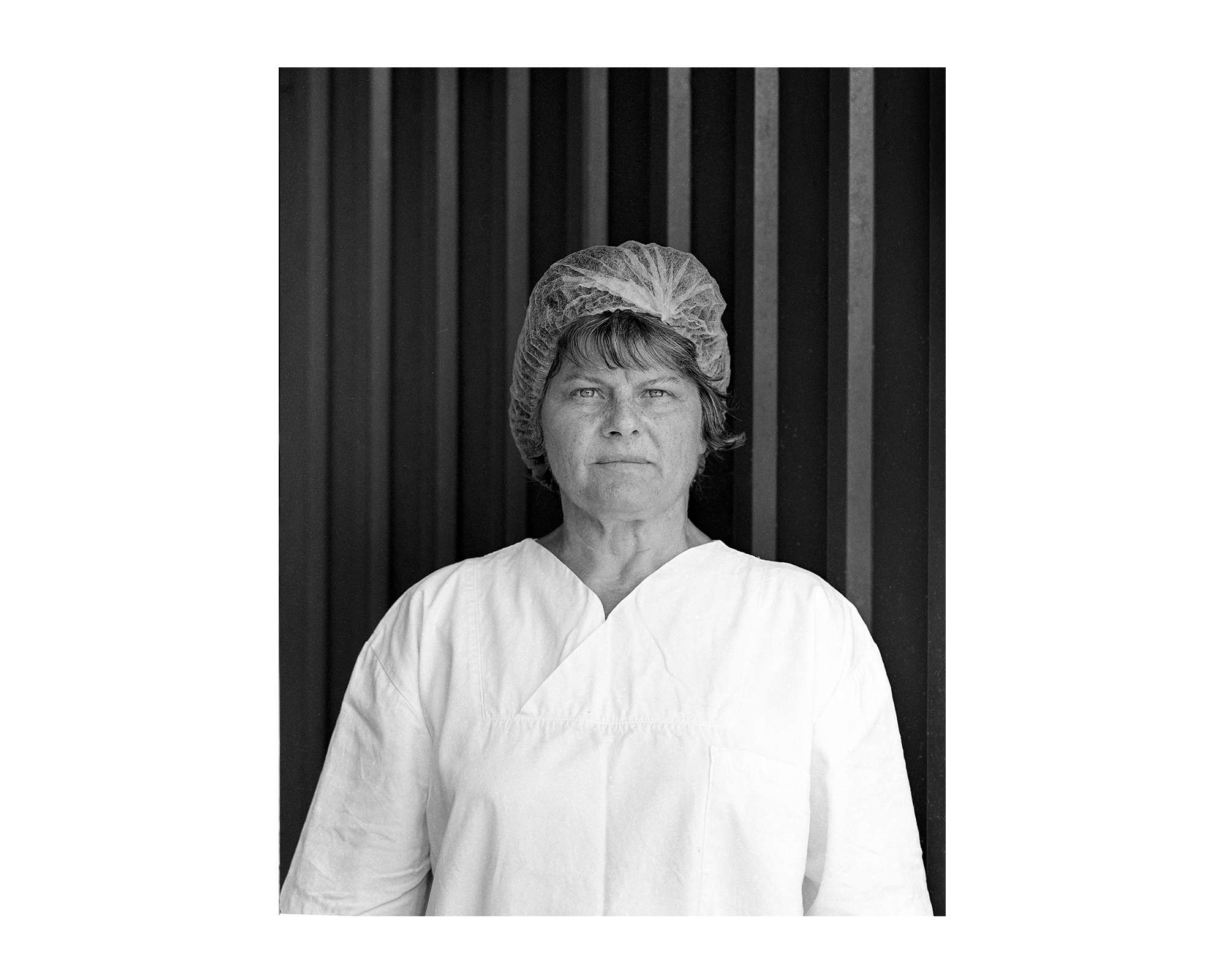
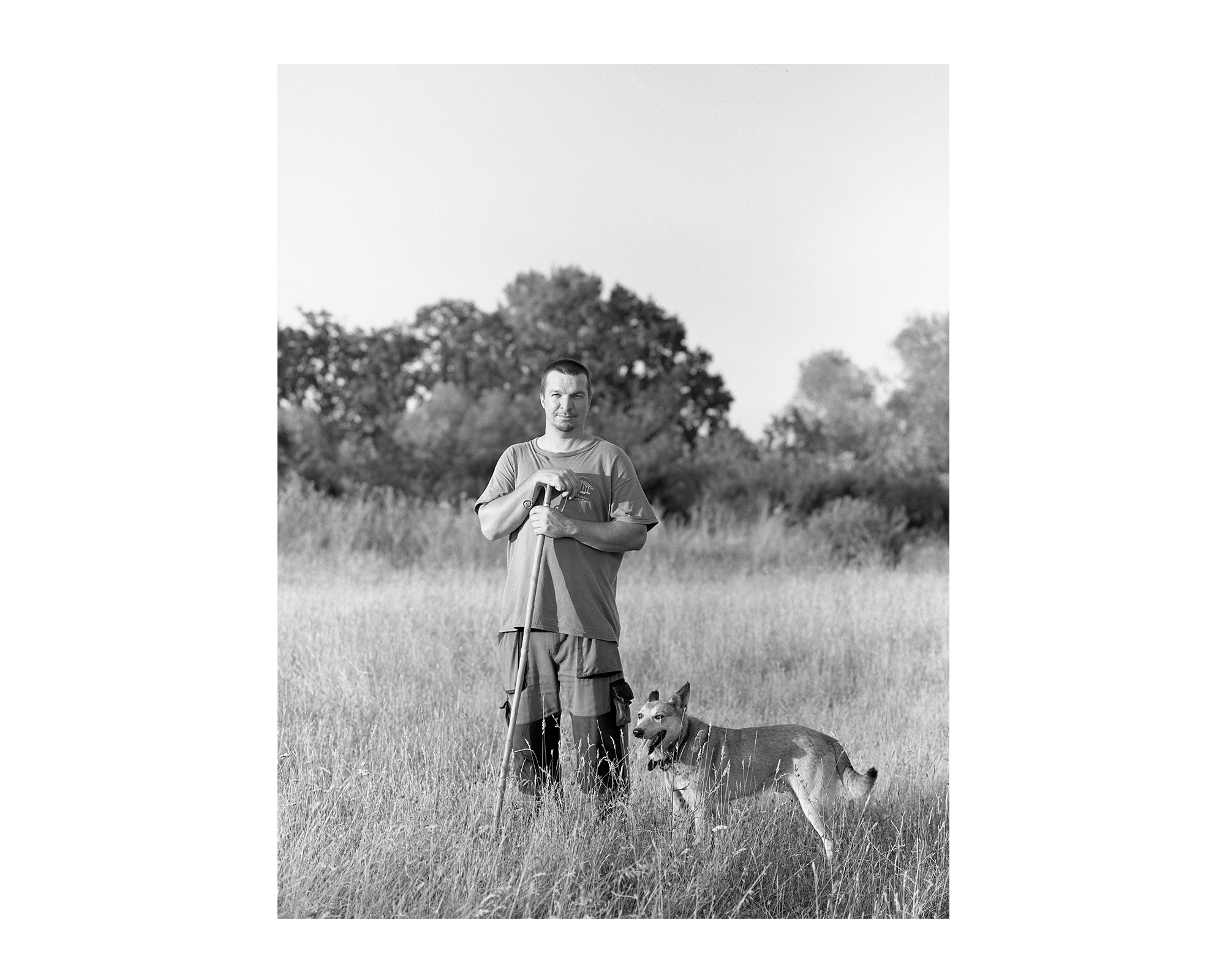

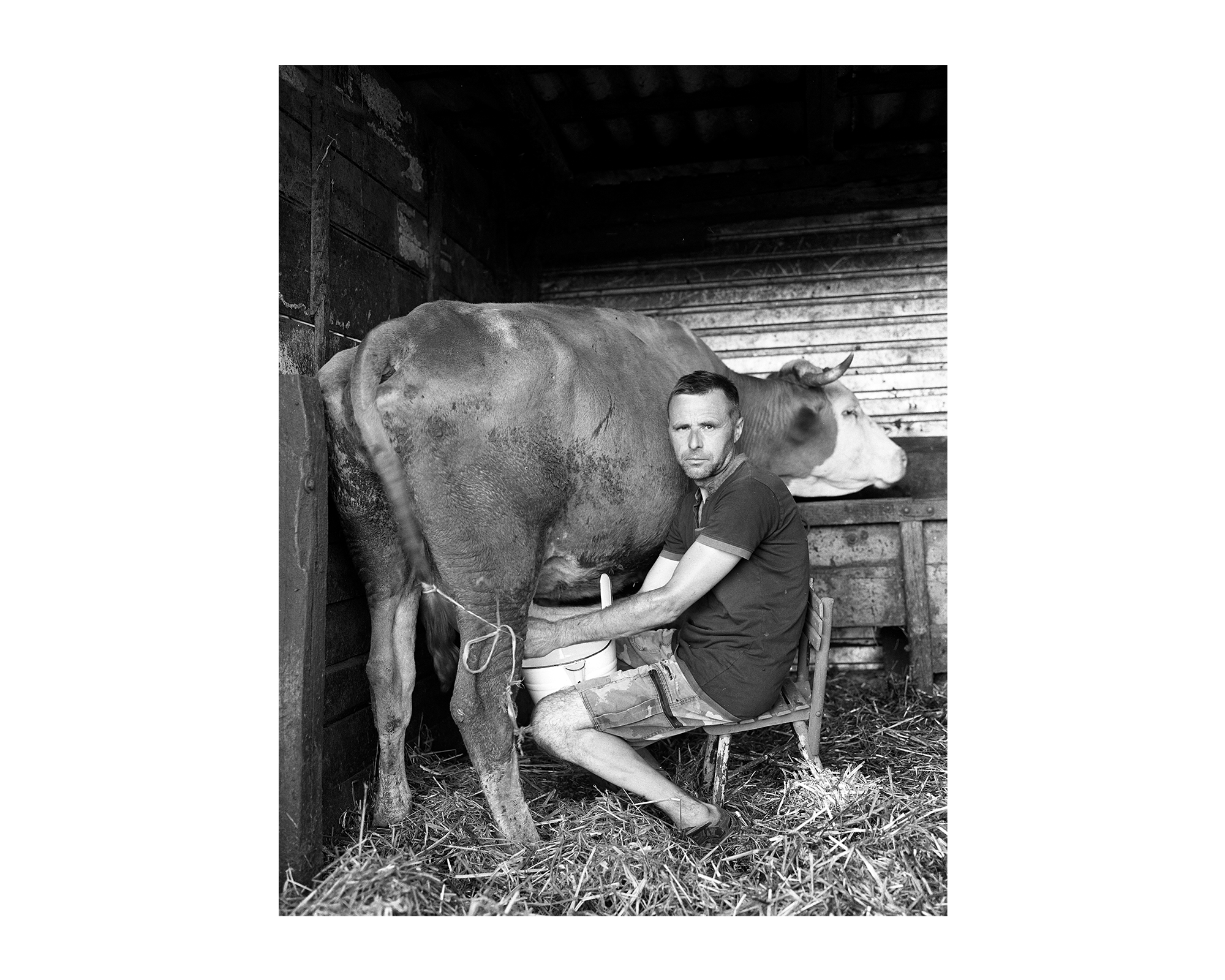
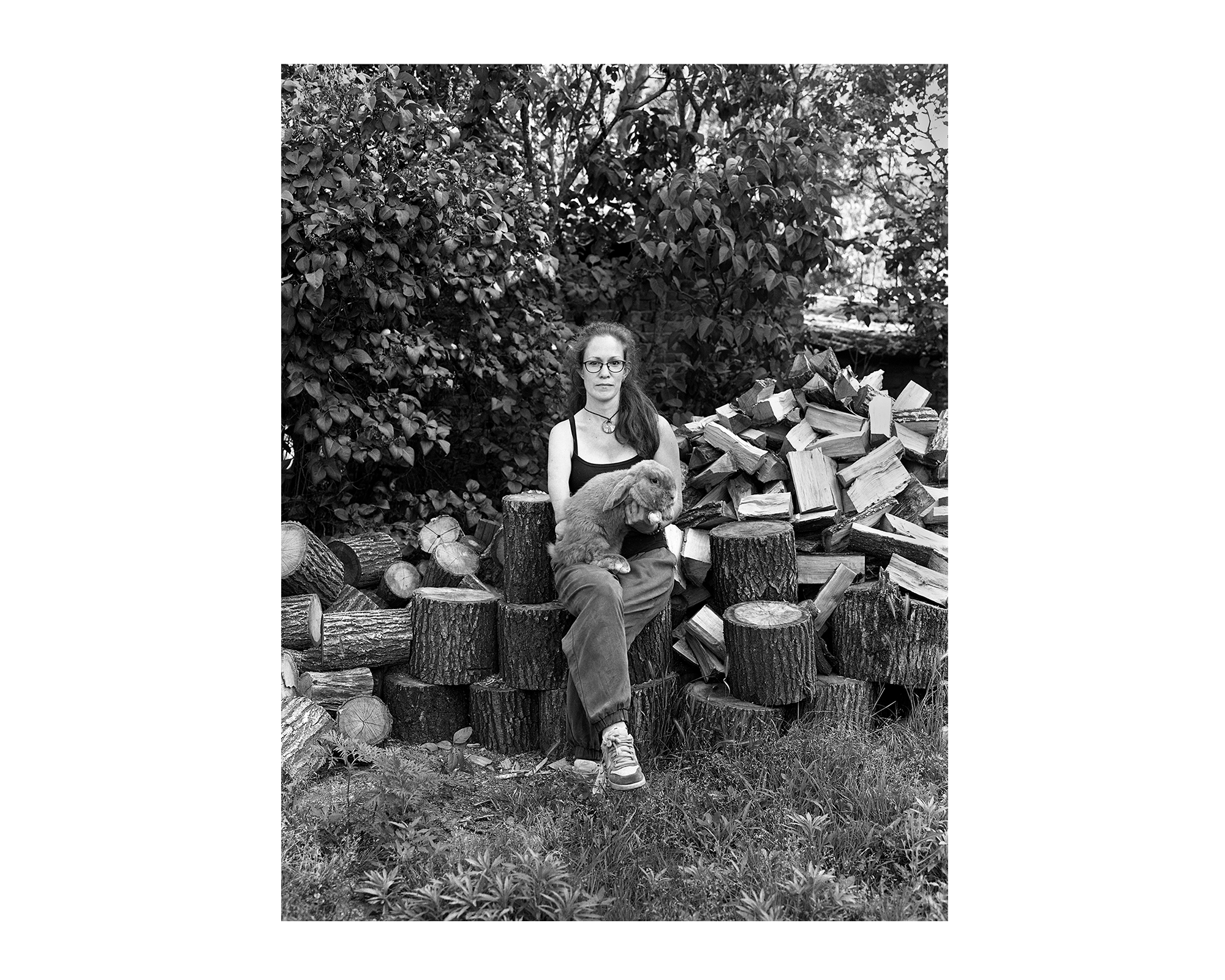
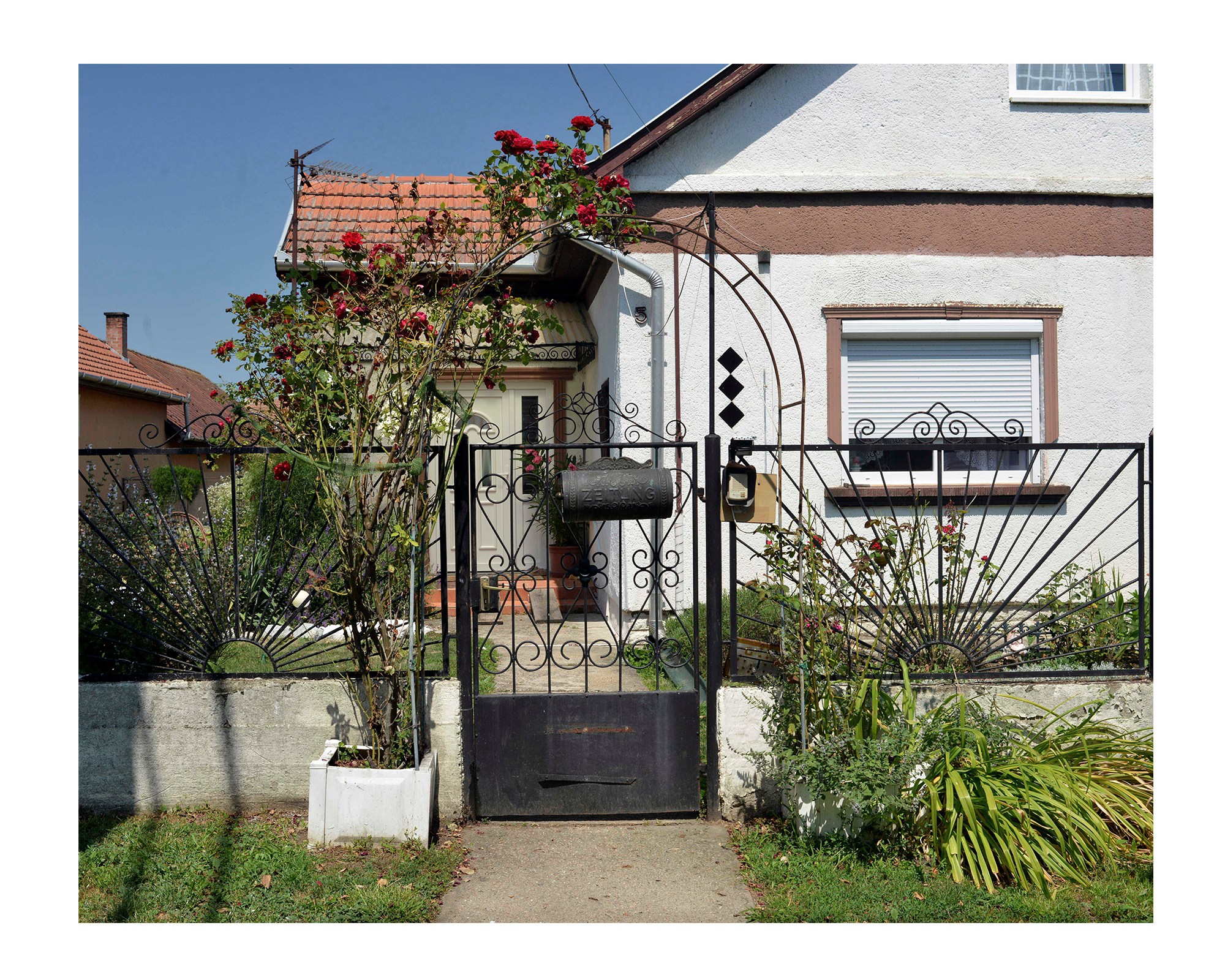
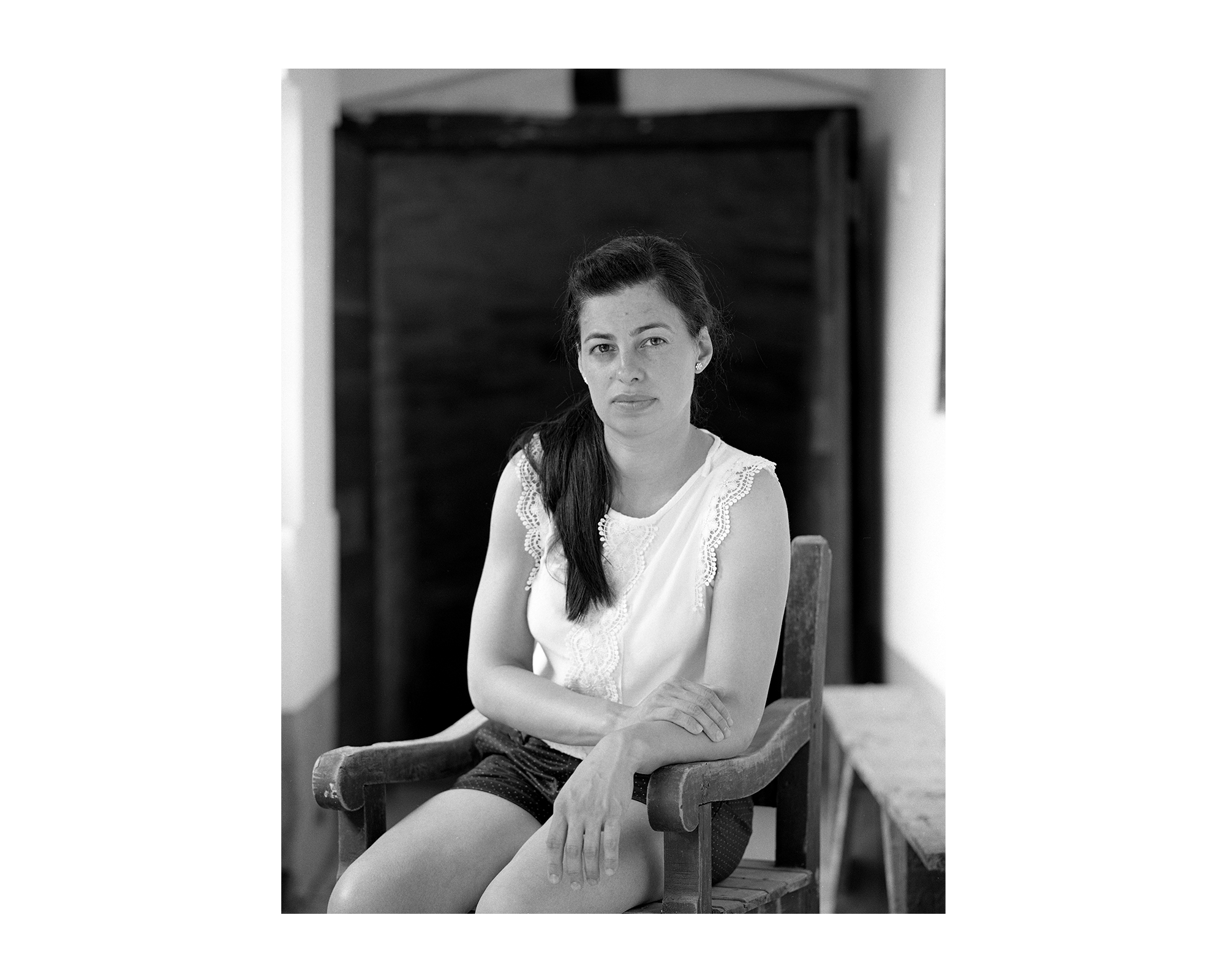

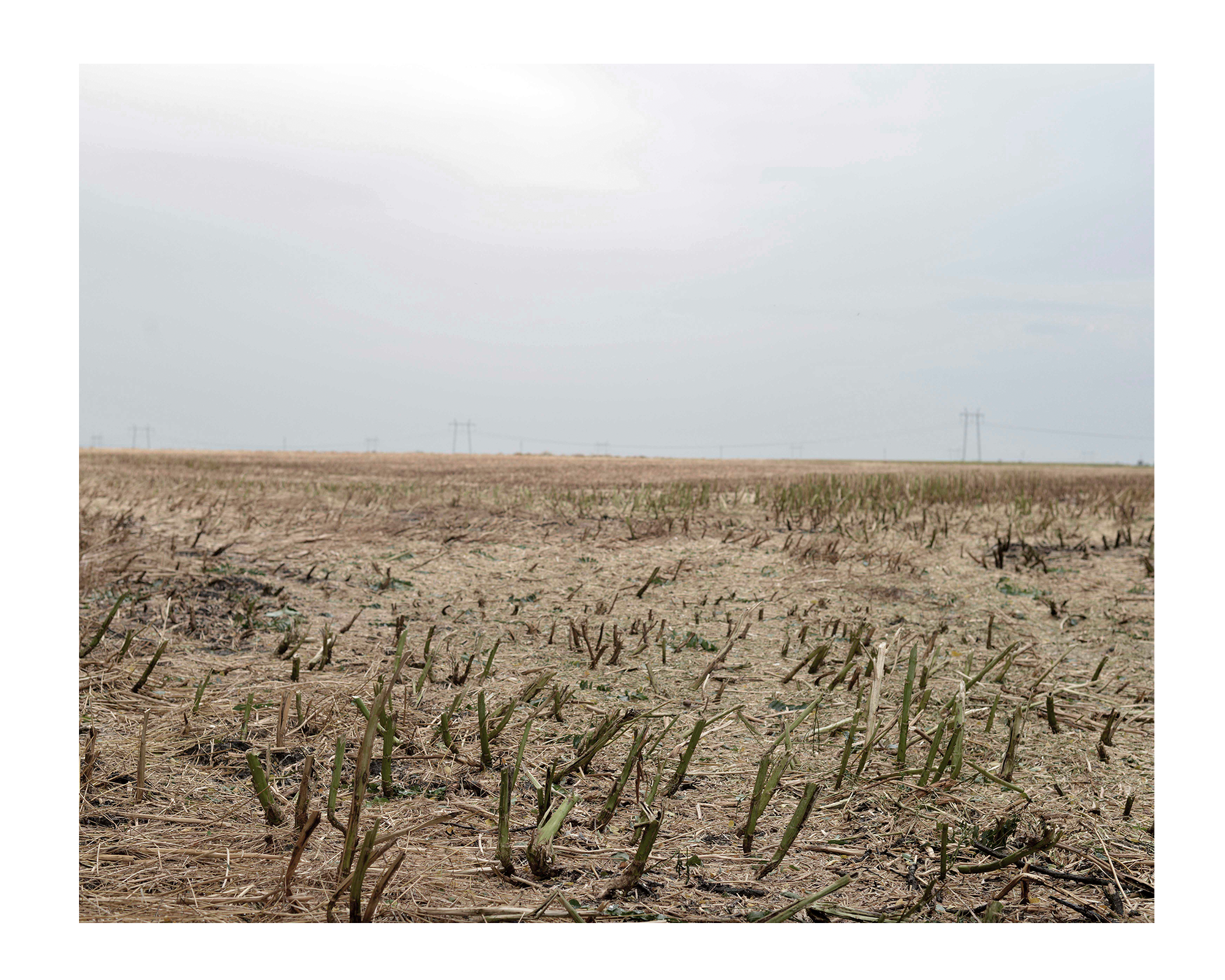
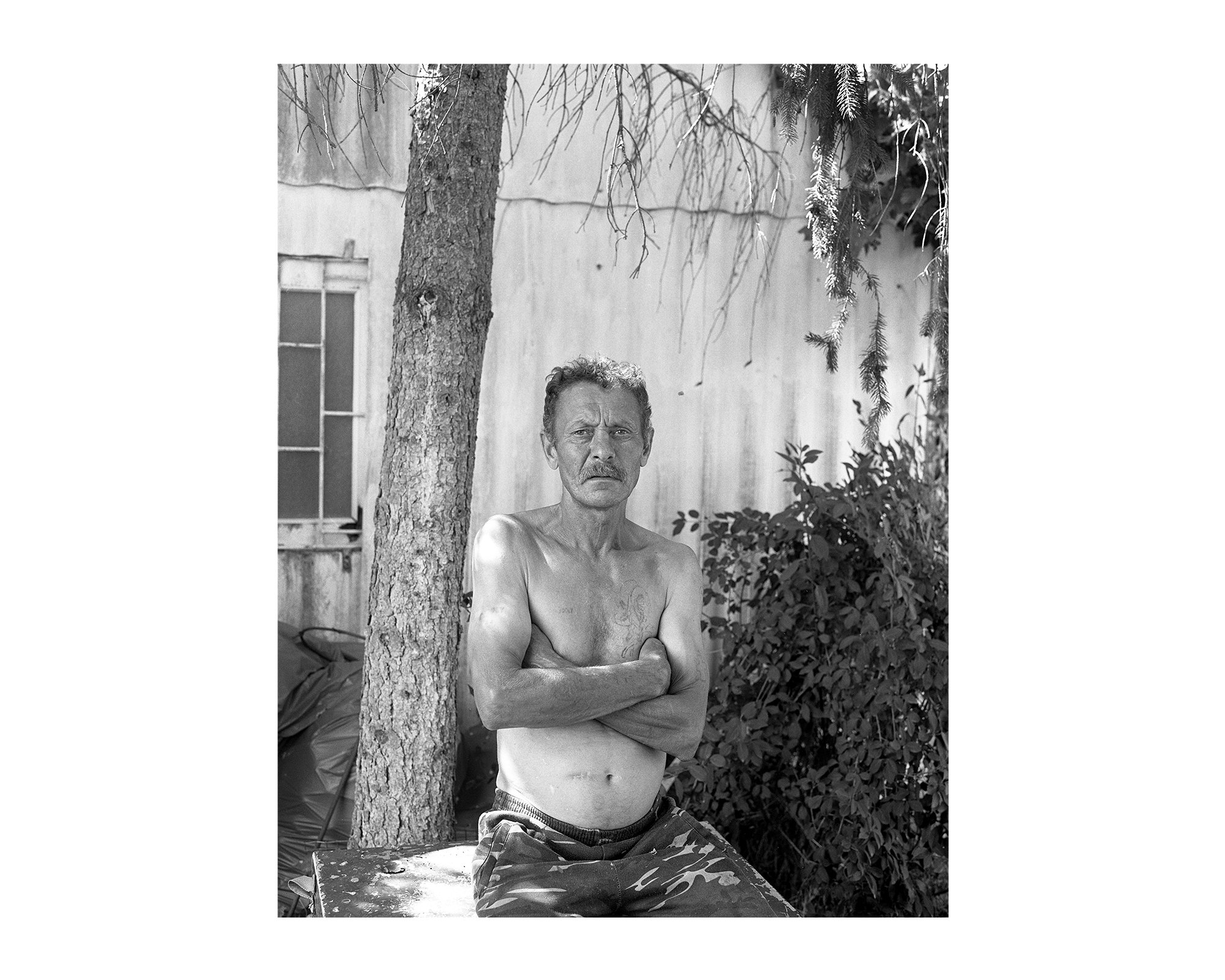

HAJDÚ-BIHAR // ÉSZAK-ALFÖLD
In July 2023 we worked around in the Northern Great Plain region of Hungary, focussing on the area around Debrecen and the town of Hortobágy.
The area sits on and around the Hungarian steppe (or puszta) with Hortobágy being the key focus for this landscape. This is an UNESCO protected site and National Park which retains patterns of traditional pastoral farming. As the UNESCO website explains:
The Puszta, represented by the Hortobágy National Park, is a complex mosaic of natural grasslands, loess ridges, alkaline pastures, meadows and smaller and larger wetlands (mostly marshes), which has presented ideal conditions for pastoralism since prehistoric times and which existed before the appearance of large animal-breeding cultures.
Today the region is also economically important as an international tourist destination, which draws upon notions of Hungariannational identity through referencing the legacy of horse husbandry and nomadic cultures that once existed across the puszta.
PUBLICATION | Mar 2023 |





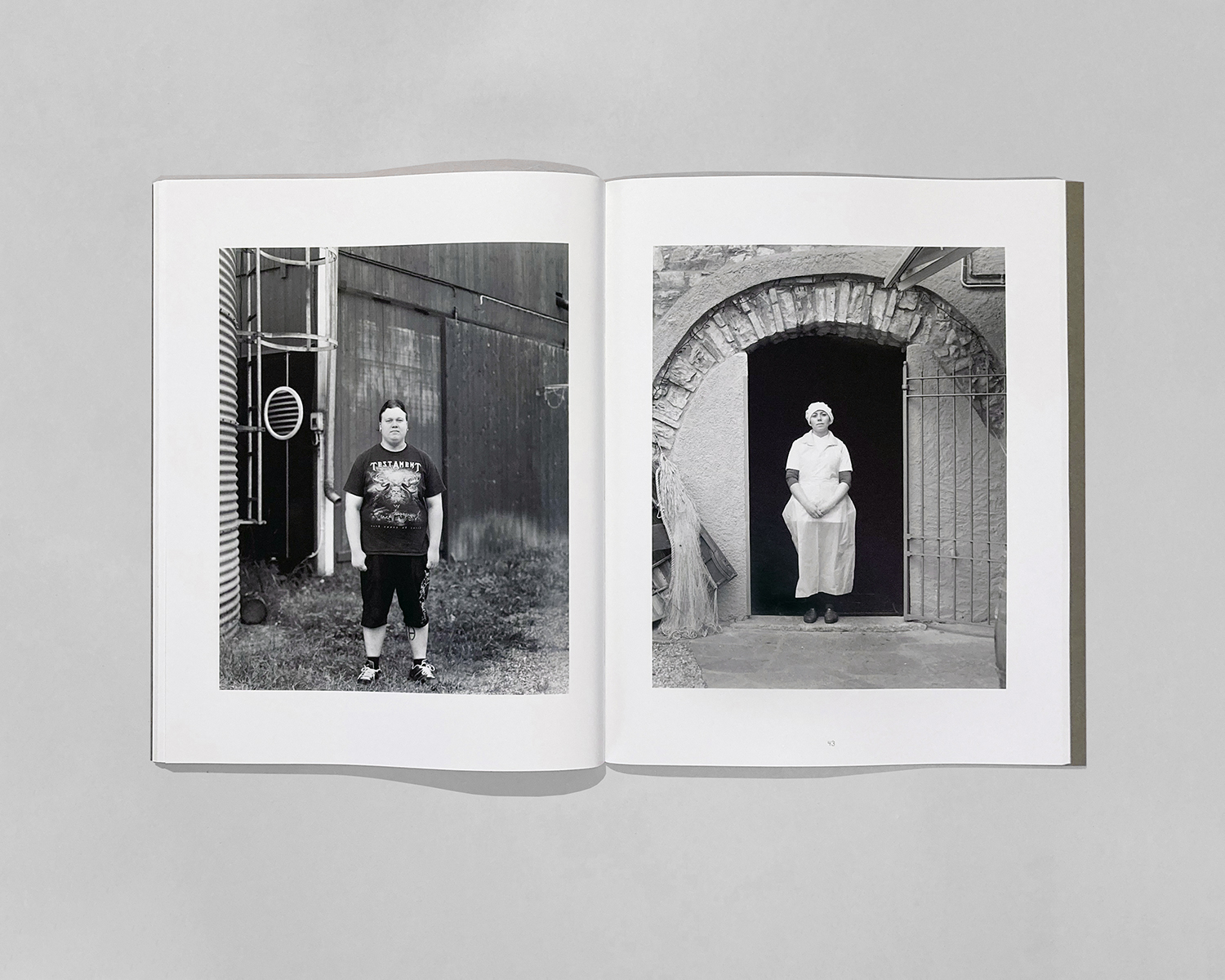
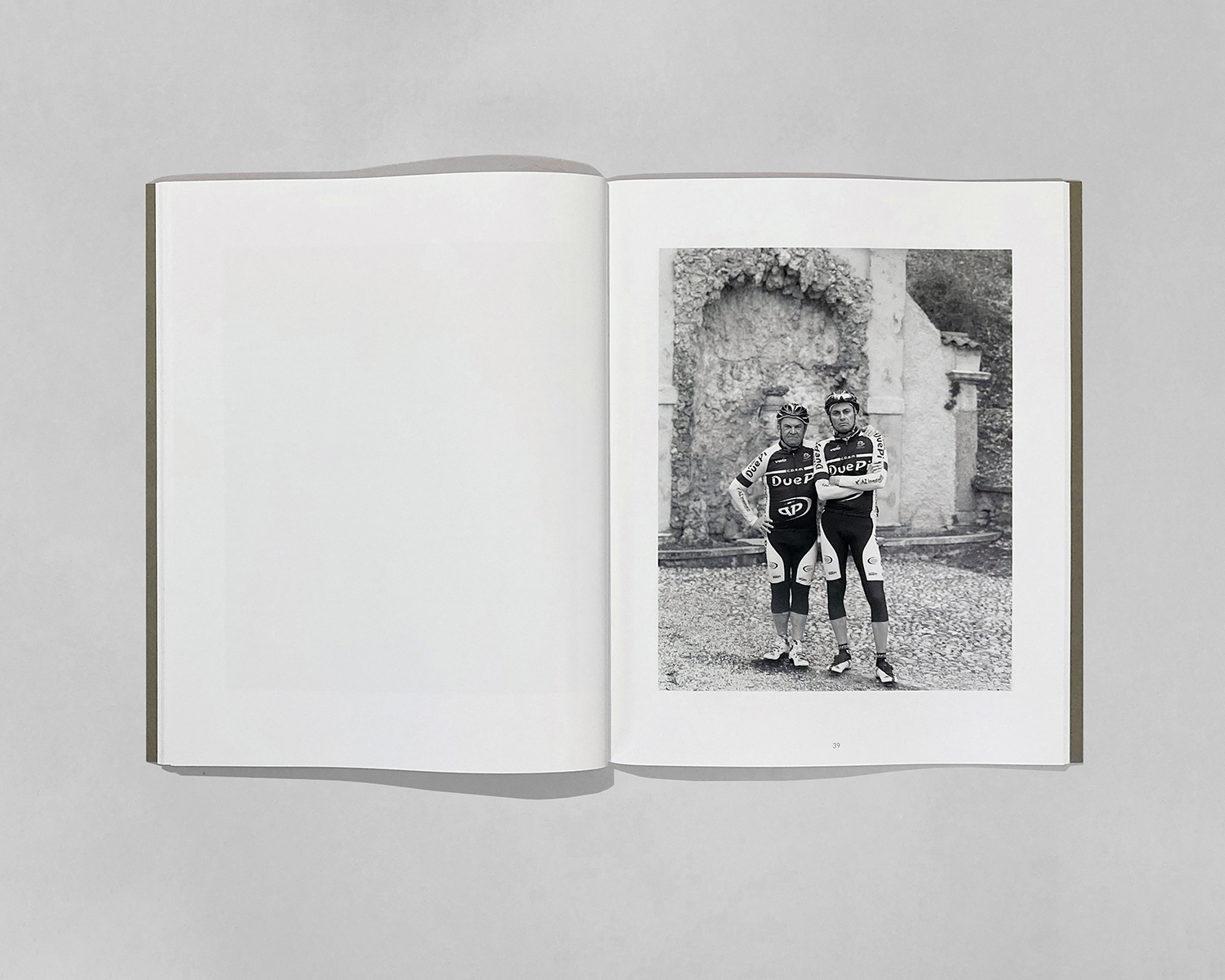

A.R.L // Vol. 1
Spanning ten years of work, this book gives an overview of the first phase of the Anthology of Rural Life (A.R.L) project.
The book includes 2 essays from writers Martin Barnes and Menelaos Gkartzios.
. . .
Published by Antler Press - get a copy HERE
THE BLIND FARMER | Jan - Dec 2021 | UK, Cornwall.









THE BLIND FARMER
Throughout 2021 our focus shifted to a single family-run farm. The grandfather of the current farmer had to retire when his eyesight failed, eventually leading to blindness. His grandson described how he himself awoke from a blindness in regard to what he considers to be the harmful, agribusiness orientated practices of contemporary food production and soil management.
Currently the farm recorded here has been developing a new, and potentially progressive approach through an almost total reduction in chemical, hormone and pesticide use, allied to new models of promoting better soil health. There is also a shift in emphasis from a regional network of pork production toward a more local one.
Whilst there is a growing awareness of this approach within other sectors, with a focus on models of localised and environmentally friendly production, it is substantially out of step with the dominant model of industrialised global food farming systems.
With policy changes coming into place that would see farms focus on the re-wilding, this document represents not only a turning point in the lives of one family, but a symbol of the dilemmas that will face all agriculture in the coming years.